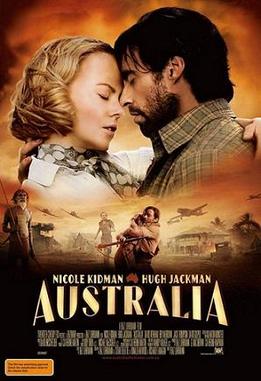When The Capitalist World Was On The Rise-Vermeer and Friends at the National Gallery-2017
By William Bradley
Frank Jackman, a fellow writer in this space and I believe in the on-line edition of Progressive Nation when he was the senior political commentator here under the old regime, a time before I came on board, according to the archives loved to talk about the days when capitalist was a progressive force in the world.* He liked to write about the proud beginnings when the rising bourgeoisie was going mano a mano (his words from a piece I saw in the archives) against the old stagnant feudal society that depended on the static-and hard core universal church Catholic religion which promised the good life not now but in the great by and by.
Frank did a whole series of articles under the title When The Capitalist World Was Young to be found in the archives making the connection between the artistic sensibilities of the rising bourgeoisie and their clamoring for paintings which showed that they were on the rise, that they were the new sheriffs in town and could afford like the nobles and high clergy in the ancient regime to show their new-found prosperity by paying for portraits, collective and singular, and displays of their domestic prosperity. Of course Frank, an old radical from the 1960s a period that he and the older writers here have spent an incredible amount of time writing about some of it interesting and informative and others written seemingly since they had nothing else to write about and figured a nostalgia trip, trips would get them space in a blog dedicated to bygone history and culture, was coming at his view from something that he called a Marxist prospective. A prospective which not knowing much about it except it had a lot to do with the demise of the old Soviet Union now Putin’s Russia and why it had failed I asked him about since I was clueless about how that artwork had anything to do with politics. What he told me, and I don’t want to get into a big discussion about it is that Marxism, Marx saw capitalism as a progressive force against the feudal society and that would get reflected in lots of things like art and social arrangements.
Under that set of ideas Frank was able to give a positive spin on a lot of the art from the 16th and 17th century, especially Dutch and Flemish art in the days when those grouping were leading the capitalist charge via their position in the shipping, transport and the emerging banking world. In one part of that above mentioned series Frank highlighted the connection between art and economics by referring to a famous painting in the National Gallery down in Washington, D.C. where some very self-satisfied burghers and civil officials were feasting and showing off their new found emergence at trend-setters. I took his point once I saw the painting he was referring to and noted that these guys and it was all guys except the hard-pressed wait staff even though I am still not sure that you can draw that close a connection between art and economics.
That discussion with Frank was in the back of my mind when I was assigned by Greg Green, since I was down in Washington for another reason, to check out the Vermeer and friend retrospective at the National Gallery (that Frank referred painting of the burghers was nowhere in sight and I wound up viewing it on-line while we were discussing it). I took a different view of what I saw there since I am not very political and certainly would not draw the same line as Frank did. What struck me, and I am willing to bet many others who viewed the exhibit as well, was the extreme attention to detail in almost all the paintings observed. The sense that the artists had to whether it was portraiture, domestic scenes, or landscape, including those famous frozen lakes and canal winter activity scenes, show in extreme detail and shadowing exactly what they were observing. I admit I am more interested in let’s say abstract expressionism that this kind of imagery but my hat is off to those who were able to do such detailed and exact work. Whether or not they were rising with the high tide of capitalist expansion.
*[I am not sure I am supposed to address this issue but I will write my comment and let the editors blue-pencil the thing if it is beyond the pale but under the old regime Frank was given the official title of Senior Political Commentator after the old site manager brought in a few others to assist in that work who were dubbed Associates. Under the new more democratic regime everybody is just identified by their names as was the case when this publication was hard copy and in its early on-line days.]

.jpg)


